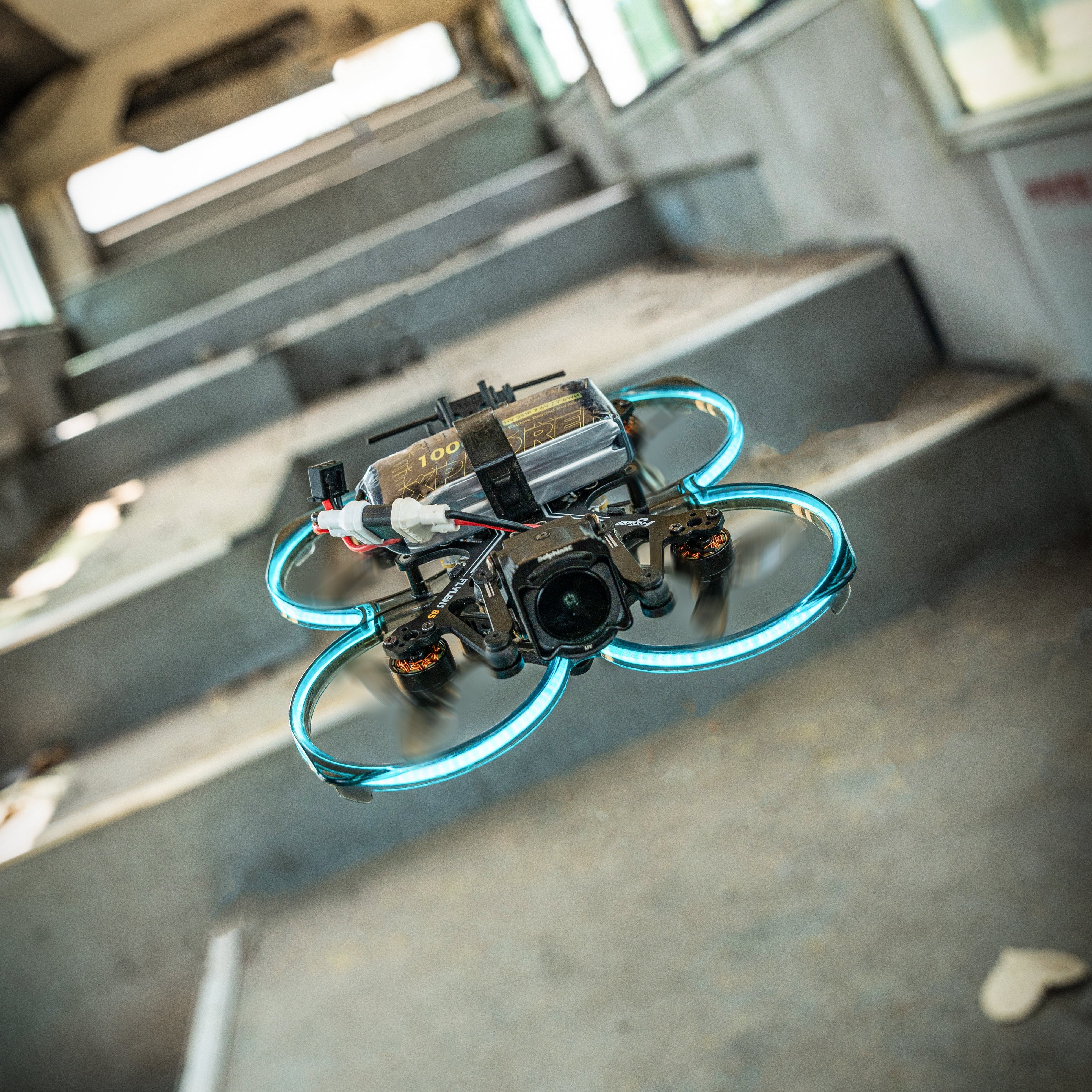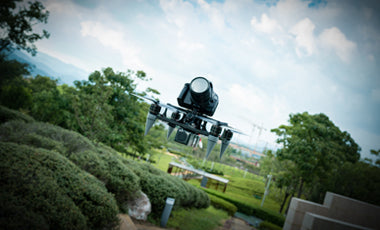With the rapid advancement of drone technology, unmanned aerial vehicles (UAVs) have become increasingly prevalent in various sectors, including photography, agriculture, delivery services, and even recreational use. While drones offer numerous benefits, their widespread use also presents new challenges, particularly in terms of safety and the prevention of drone crashes. In this blog post, we will explore some crucial measures and technologies that can help mitigate the risks associated with drone accidents and ensure the safety of both the unmanned aircraft and the people and property around them.

-
Comprehensive Training and Licensing: One of the fundamental ways to prevent drone crashes is by implementing comprehensive training programs and licensing requirements for drone operators. These programs should cover essential topics such as flight regulations, airspace restrictions, emergency procedures, and the safe operation of drones. By ensuring that operators are well-trained and knowledgeable, the likelihood of human error and pilot-induced accidents can be significantly reduced.
-
Geofencing and No-Fly Zones: Geofencing is an essential technology that uses GPS or other positioning systems to create virtual boundaries around sensitive areas, such as airports, government buildings, and crowded public spaces. Drones equipped with geofencing capabilities are programmed to automatically avoid these restricted zones, preventing them from entering and potentially causing accidents or endangering lives. Strict enforcement of no-fly zones can be achieved through drone manufacturers collaborating with regulatory authorities and updating their firmware to include geofencing restrictions.
-
Collision Avoidance Systems: To enhance safety and prevent drone crashes, the integration of collision avoidance systems is crucial. These systems employ various sensors, including cameras, ultrasonic sensors, and radar, to detect obstacles in real-time and automatically adjust the drone's flight path to avoid collisions. Such technologies can be particularly useful when drones operate in complex environments with multiple obstacles or when faced with unexpected changes in their flight path.
-
Enhanced Communication and Remote Identification: Improving communication between drones and air traffic control (ATC) or other relevant authorities is vital for ensuring airspace safety. Technologies such as Remote Identification (RID) allow for the identification and tracking of drones, enabling authorities to monitor their movements and take appropriate action if necessary. Integrating RID into drones and ATC systems can help identify rogue or unauthorized drones and mitigate the risks they pose.
-
Regular Maintenance and Inspections: Routine maintenance and inspections are essential to prevent technical failures and ensure the airworthiness of drones. Manufacturers and operators should follow recommended maintenance schedules, conduct thorough pre-flight checks, and promptly address any identified issues. Regular inspections help identify potential problems before they lead to accidents and contribute to maintaining the overall safety and reliability of drone operations.
As drones continue to gain popularity and their applications expand, it becomes imperative to prioritize safety measures to prevent accidents and protect the airspace. A multi-faceted approach involving comprehensive training, geofencing, collision avoidance systems, enhanced communication, and regular maintenance can significantly reduce the risk of drone crashes. By adopting these measures and fostering a culture of responsible drone operation, we can ensure the safe integration of drones into our skies, benefiting society while minimizing potential hazards.





Leave a comment